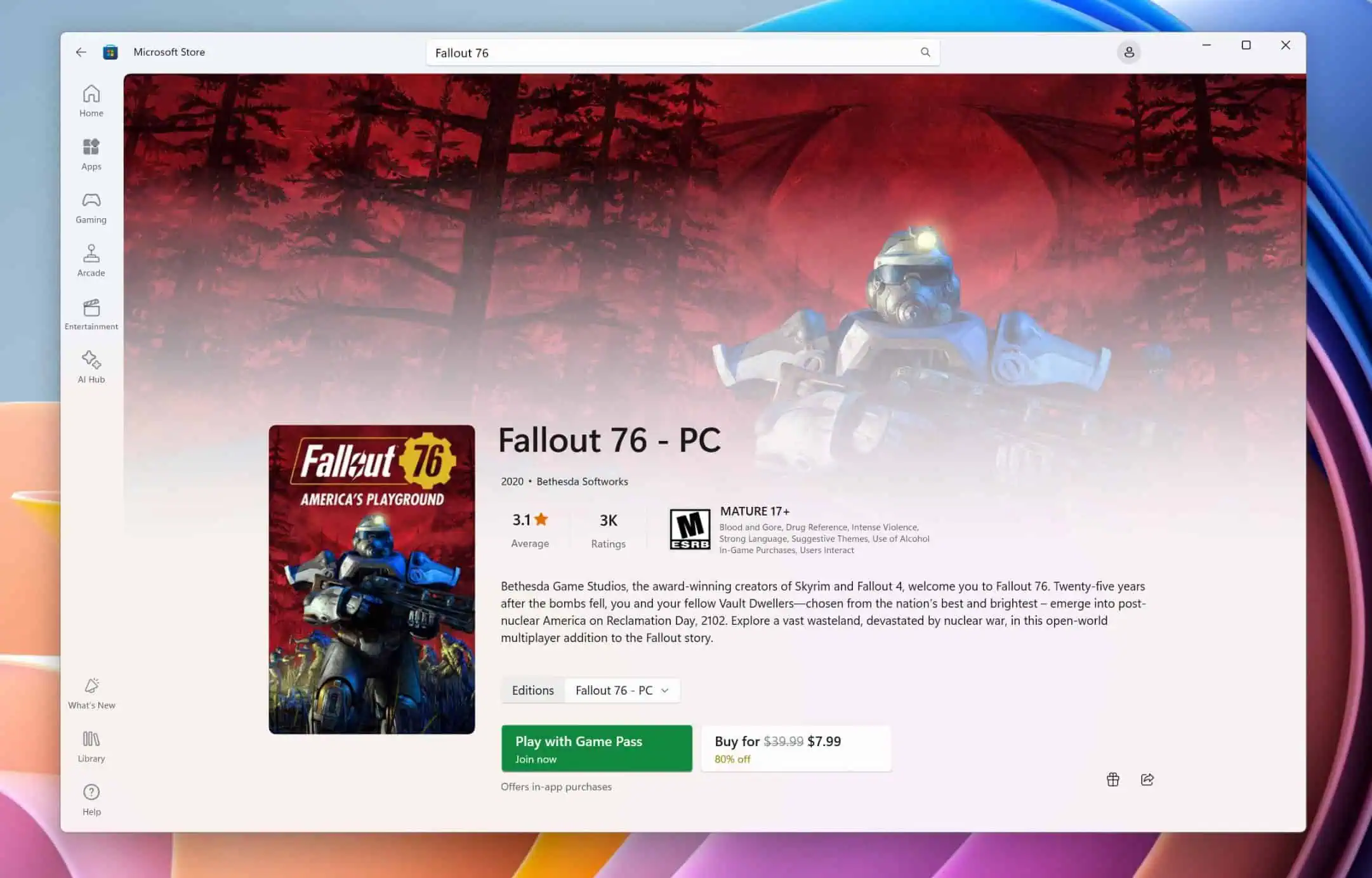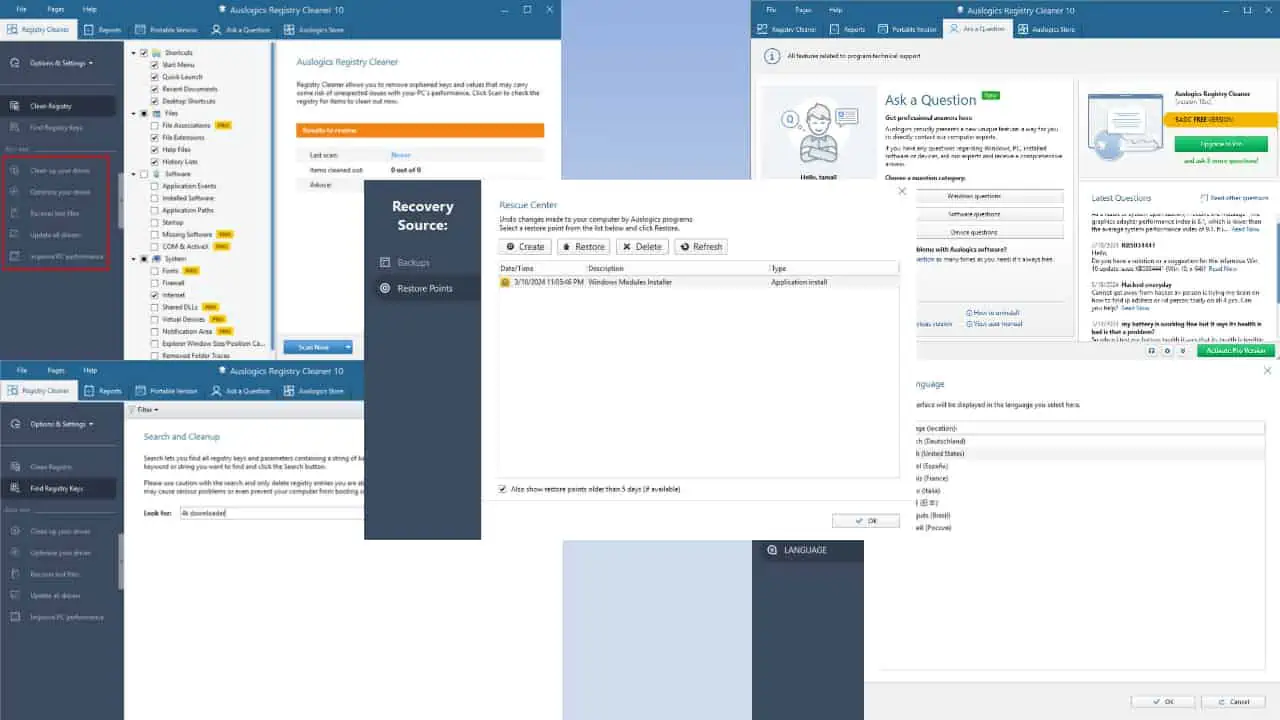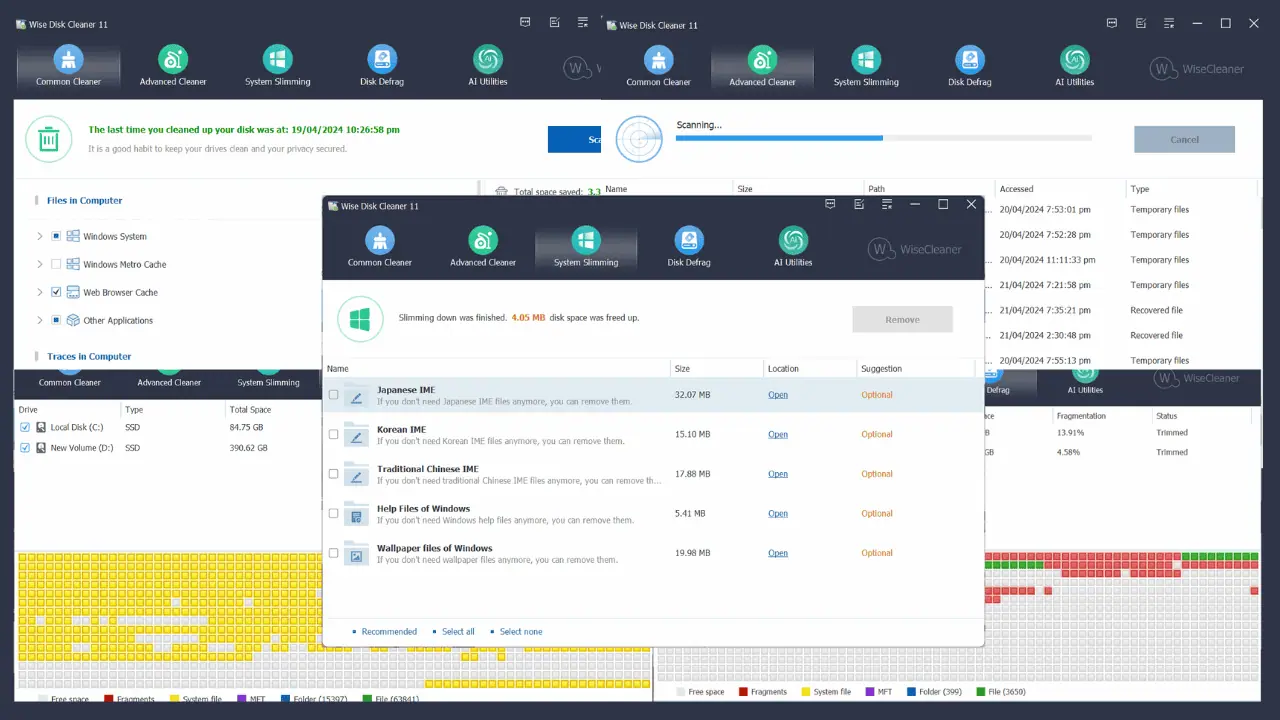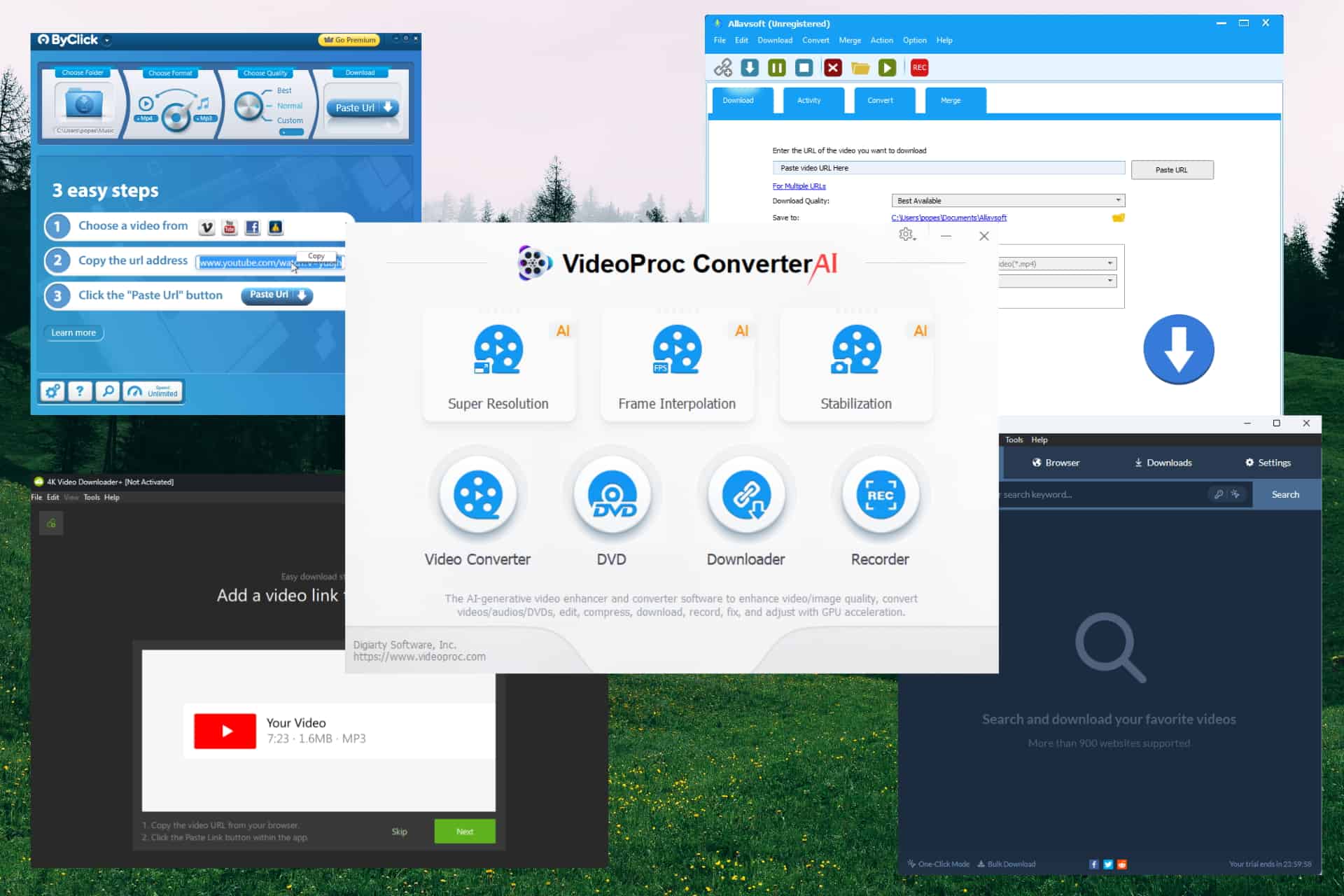Concept WCOS+C-Shell blurs the lines between apps and the shell
4 min. read
Updated on
Read our disclosure page to find out how can you help MSPoweruser sustain the editorial team Read more

Windows Core OS is a modular operating system with multiple shells, the so-called Composable Shells. Designer Neils Laute has taken the idea to a new extreme by blurring the line between apps and the OS shell, all in the interest of productivity.
He writes:
According to leaks and rumors the user interface will be modular as well, code-named C-Shell. The idea is that the core OS and UI are de-coupled, so it can be easily adapted and configured based on device type, context or user. For example, the UI could adapt itself and change whenever you connect an Xbox controller and be optimized for that gaming experience. According to rumors, these ‘shells’ can be even distributed via the Microsoft Store so they can be easily updated without having full-blown OS updates (although those updates should be pretty fast and seamless as well, compared to Windows 10).
The thought of having a modular user experience that can be easily adapted and customized is super interesting to me. Hence this article: a concept what this could enable for future devices and experiences for the enterprise.
Introducing: Productivity Shells
Laute proposes companies have customized Windows shells based on the task, with a waiter having a very different shell to a receptionist for example, which in many cases would not involve having access to a desktop shell at all.
His concept called Productivity Shells include the following elements:
- can be customized while keeping a distinctive Fluent Design look-and-feel.
- are infused with AI. Cortana can be of help whenever it’s needed. She can deliver relevant insights and take over tasks to make users more productive.
- are powered by O365. Tight integration of key O365 services (like Teams) will make users more efficient without switching apps. Adaptive cards and Fluid Framework are key technologies to enable this.
See some examples below:
The above concept is called the Front Office shell, for use in reception.
The Contoso Enterprise — Front-Office experience is tailored to receptionists and other front-office workers. Their main tasks include to welcome, register and announce visitors so they can be picked up.
The front-office Shell includes 2 main areas in the start menu: a company view showing events happening and visitors that are planned, and a personal area that includes sticky notes and most used apps.
Cortana is used to hand off tasks such as letting the host know that the visitor arrived.
Above is Contoso Dining, designed to run on a dedicated Point of Sale device for restaurant staff.
The dining experience is designed for restaurant waiters — they often use dedicated POS devices to take in orders and to handle reservations and payments. In this Shell, there is no Desktop and the default interface shows the tables and quick shortcuts for taking an order or to directly call a manager via Teams.
Powered by Azure, Cortana shows relevant insights to make the waiters job easier.
Lastly, we have the Contoso Air Lines experience.
The Contoso Air Lines Shell does not include a desktop and is tailored around the cabin crew of flights: it uses the Microsoft Graph to pull in relevant information of the colleagues and Cortana can helps with small tasks such as helping out passengers.
Laute notes that in his vision shells would be easy to create, distribute and maintain by 3rd parties and could bring an optimized experience to first-line workers and beyond. Laute’s concept is a radical rethink, but not far out of line with what Microsoft itself is doing with the Surface Hub shell for example, but with much greater freedom for companies to keep their workers focussed and productive.
What do our readers think of the concept? Let us know below.
Source: Medium, thanks Wi for the tip.










